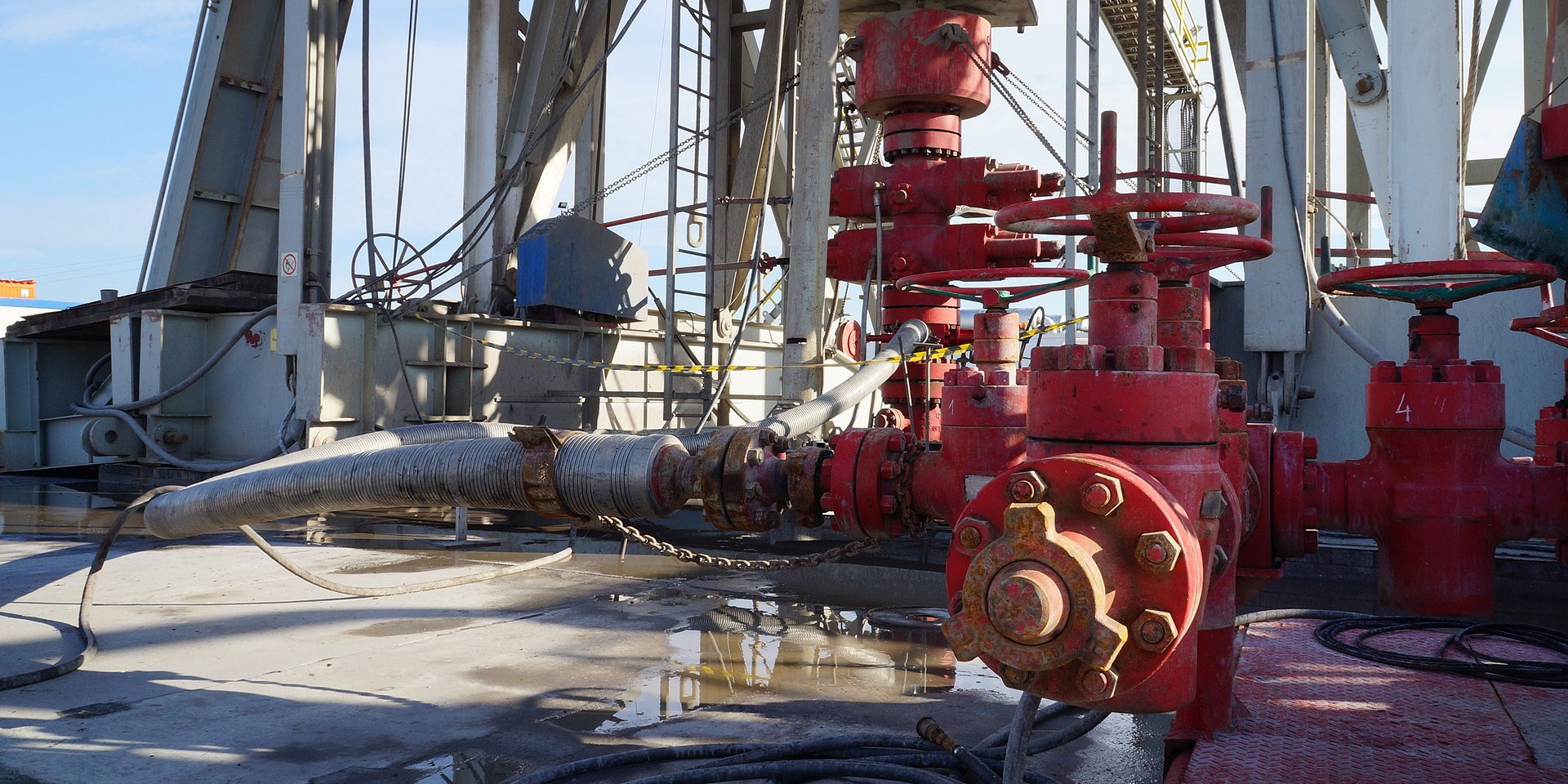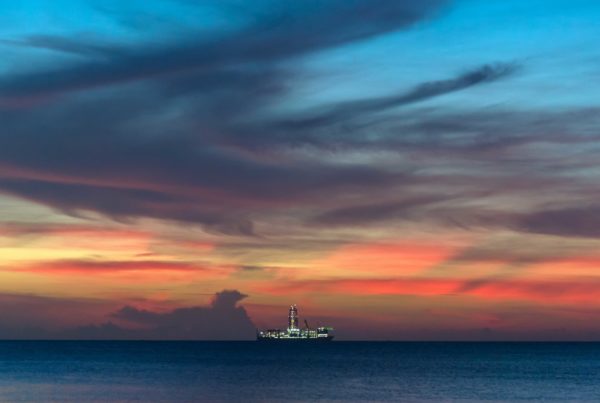Douglas-Westwood (DW) forecasts global oilfield equipment expenditure to total $622 billion (bn) between 2016 and 2020, despite a 3% year-on-year decline to 2020. Onshore growth will return from 2017 – with onshore spend expected to surpass offshore in the same year.
Global Oilfield Equipment Expenditure Onshore/Offshore Split 2011-2020
The over-building of mobile offshore drilling units (MODU) from 2011 to 2014, compounded with low drilling activity, has resulted in a severely oversupplied offshore rig market – negligible orders are expected through to 2020. Consequently, global offshore rig expenditure will fall 88% from 2013’s peak by the end of the decade – the majority of spend will be focused on maintaining the current fleet.
Fixed and floating production platform expenditure has remained relatively buoyant since 2014, primarily due to long lead times and a large backlog of projects committed to prior to the 2014 oil price downturn. Post-2017, expenditure is expected to see significant decline as this backlog is cleared, with a substantial decline in fixed platform expenditure across multiple regions. Floating production system expenditure will see similarly large declines in 2018, however, incremental gains are expected over 2019-2020 as a number of floating liquefied natural gas (FLNG) projects begin construction despite installation not expected within the forecast period.
Offshore Expenditure by Equipment Type 2011-2020
Onshore, expenditure has been severely hit by oil price decline since 2014, with total decline of 34% in 2015 and a further reduction of $0.7bn expected in 2016. Service company and contractor equipment spend has borne the brunt of the industry downturn, where reductions in drilling activity have compounded with pricing pressures. Similar effects have also been seen for operator spend, however, as this is concentrated on production phase equipment, such as artificial lift, pumps and valves, decline has been relatively less severe due to a large installed base requiring replacement and routine servicing.
After two years of decline, global onshore growth is expected to return in 2017, where onshore spend will outstrip offshore by more than $3bn for the first time since 2012. This is a function of an anticipated recovery in oil prices in the latter half of 2016, which will increase drilling activity in more reactive onshore plays. Growth in activity will lead to increased demand for a wide variety of drilling-related equipment, including tubulars and drill bits. Furthermore, equipment which has been idle and unutilised since 2014 will require significant expenditure to return to a work-ready state as activity recovers, increasing expenditure on surface pumping and conveyancing tool fleets.
While headline figures for the global oilfield equipment market show a bleak future for many exposed to the sector, the picture is not nearly as black and white as it first appears. Onshore is a particular bright spot and opportunity, provided OEMs (oilfield equipment manufacturers) are able to position themselves correctly over the coming months.
Matt Adams, [email protected]
LinkedIn







